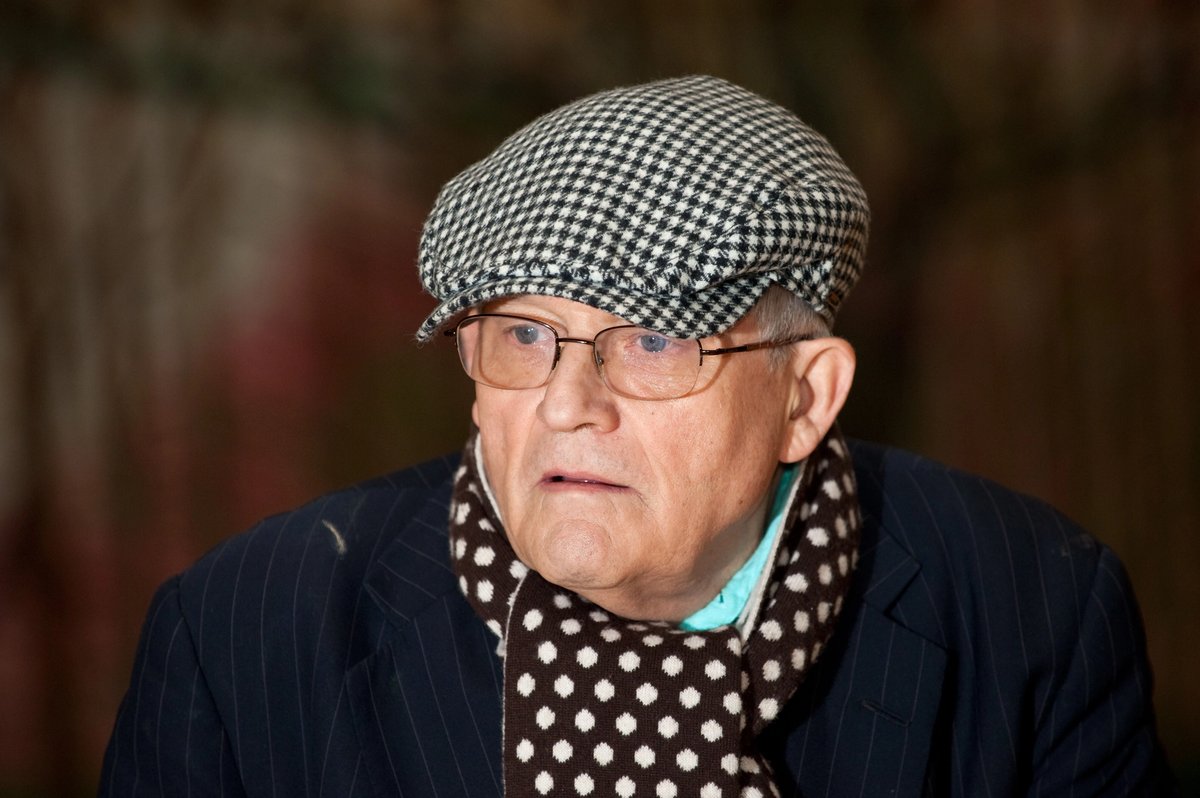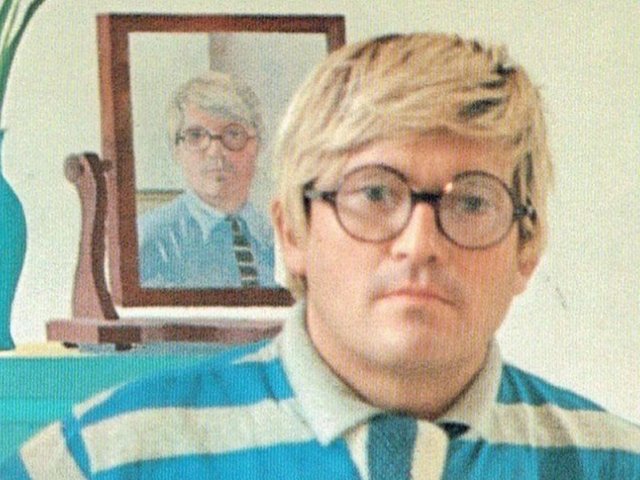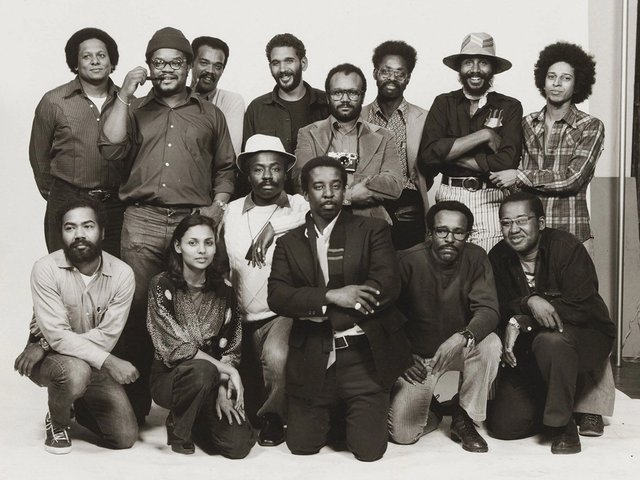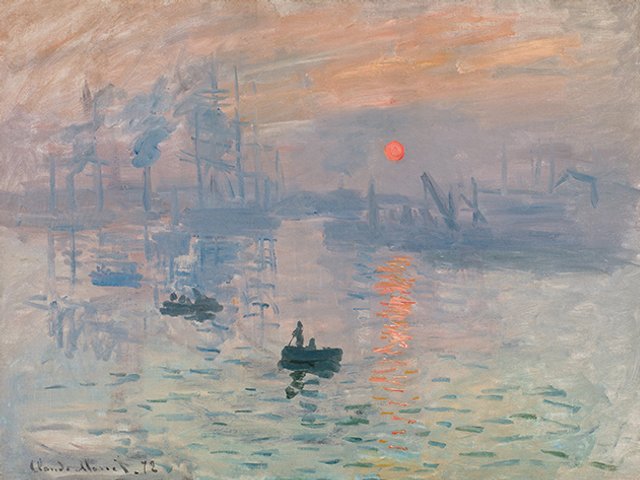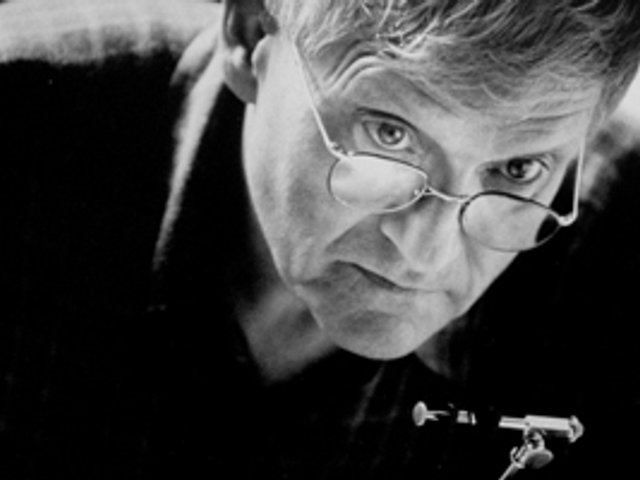“Art” is in a bad way. Reading The Art Newspaper confirms this. In the last issue there is a book review titled “Beyond abstraction” (September 2021, p59). What on earth can that be?
Giacometti described abstraction as “the art of the handkerchief”. And that’s what the illustration looked like to me, nothing more… Why was abstraction necessary? I think it was. Its job was to take away the shadows that had dominated European art for centuries. It was only European art that used them.
I have always been interested in the history of what I have spent my life doing. I know there are people called art historians, but unlike the historians of science or even music, they don’t seem to be interested in art practice today. They are not interested in how art was made. Even Erwin Panofsky in his book Early Netherlandish Painting is more concerned with the biographies of the artists rather than their workshops. It’s as though they were Cézanne or Van Gogh, working away heroically alone. They were not. It’s known they had workshops employing many assistants. Some grinding colours and some looking after costumes. If you give this a little thought, it had to be like this. They were making the only known images of their time, there were no others.
The second Commandment says there should be no images. Judaism and Islam still prohibit images. In the King James version of the Bible this is very clear. Yet in the eighth, ninth and tenth centuries there were debates about them by Christian scholars. The main argument seemed to be that they were necessary because most people couldn’t read, and it was the only way people could learn about the suffering of Christ and the saints. They knew this was necessary for social control.
The arts of China, Japan, India and Persia never use shadows or reflections. They also never used vanishing points to show perspective. Why was this?
In the year 2000 we went to Florence to find out how Brunelleschi had made his painting of the Baptistry, which even art historians say was the first perspective picture. I had got them to open the doors of the Duomo at 7.30am, when the sun was shining on the Baptistry (the Duomo stands right in front of it). We had a panel the size of Brunelleschi’s (it doesn’t exist anymore, but accounts of it do). We stood seven braccia inside the Duomo (about two metres), left the panel in the doorway and then projected the Baptistry on to the panel with a 7cm concave mirror. This automatically makes a perspective picture, because a concave mirror has all the qualities of a lens. Remember: in Bruges the mirror makers belonged to the guild of St Luke, the same as the painters.
Lenses and light
The main problem with lens pictures is that they need a lot of light, very strong light, and that means the sun. And the strongest light casts the deepest shadows. This was the case with photography until very recently. Now, with digital photography, you can almost take photographs in the dark. It’s very different from chemical photography.
Cameras were being made by the 17th century, but the invention of photography is not the invention of the camera. Even Susan Sontag in her book Regarding the Pain of Others writes: “When the camera was invented in 1839…”. She got away with this. Why didn’t an editor ask her who invented it? She couldn’t have named the inventor—who can? Nobody. Because the camera is a natural phenomenon; a small pinhole in a room will project the outside image onto its opposite wall. All cameras today make perspective pictures, because they are all seen from a mathematical point at the centre of a lens.
Lenses needed a glass industry to make them. Windows were needed in Europe; they weren’t in China and Japan. China developed a porcelain industry, and very fine it was. This was the basis for the European porcelain industry, Delftware being a classic example.
All this was in the 2005 edition of my book Secret Knowledge, of which my original title was Lost Knowledge. It was Thames and Hudson that changed it, as they thought “secret knowledge” would sell better and I just went along with it.
So let’s get back to abstraction and why it was needed. If you seriously think about it, all marks on a flat surface are abstractions, they can’t be real.
Shadows and reflections
In the Musée D’Orsay, a museum of the 19th century, when it begins, it’s all chiaroscuro, light and shade, and when it ends—with Cézanne, Bonnard, Van Gogh, Matisse and Picasso—all the shadows have gone. There is no explanation for this. Of course, it was the profound effect of the Japanese print. Again, if you think about it, Japanese prints have no shadows and no reflections. The bridges in Japanese prints never have a reflection, yet if you photograph a Japanese bridge, it will. Why is this? Because the camera never knows what it is looking at and just captures surfaces. The humans looking at it saw the object of the bridge and ignored the shadows and reflections. The shadow was just the absence of light, and the reflection just on the surface of the water. Nothing important.
I have just received the very beautiful catalogue from MoMA on Cézanne’s drawings. It’s an excellent book I can recommend to anybody. All the pencil drawings of the small sculptures that he made and owned have a great grasp of chiaroscuro, but I notice that in all the watercolours of still-lifes, landscapes and skulls, he takes away the shadows. They are ravishingly beautiful. I know I am the only one saying all this, but I firmly believe my observations are true. My friend Charlie in New York had sent me the catalogue and seen the show. I then told him about the shadows and what I had observed, and it made him go back to see it again.
Beauty and madness
What does the world really look like? I know it doesn’t look like photographs. The camera sees geometrically, and we must see psychologically. So what does it really look like? I think you have to draw it. The world is very beautiful, but human beings are quite mad. I have always thought the world of humans mad, and there is little likelihood of this changing, no matter how much we try. Cézanne looked at the world, found it beautiful and knew photography was not very realistic, the same with Van Gogh.
Abstraction, I think, is now over. It’s run its course, taking away the shadows from European art. It was necessary at one time; many critics used to say Piet Mondrian was the last of them. Perhaps it did go on a bit longer in the US. Frank Stella in his show at the Whitney Museum of American Art (2015-16) seemed to be saying this. He began with a few stripes and then pulled them out this way and that, then he started some reliefs and pulled them this way and that. Eventually, he made sculptures of smoke using the computer, and then the show was over. A terrific show, really, for me. But that’s the way I saw it.


